I spent the summer of 1976 working as a trainee gardener at the Arboretum Kalmthout in Belgium. My employer was charming and kind, but I could not suppress a prickle of shame-faced irritation every time she mentioned a former student called Susan Dickinson. Whenever I leant on my hoe for a moment in the pelting heat, I was reminded how accomplished and hardworking this horticultural superheroine had been. For the past 25 years, Sue Dickinson has been head gardener at Eythrope in Buckinghamshire, owned by Lord Rothschild, and she is widely acknowledged to be the finest gardener in the country. I need never have wasted finite energy on envy.
The four-acre walled garden at Eythrope is the subject of Paradise and Plenty, published by Pimpernel Press (£50). It is written by Mary Keen, most appropriately, since she designed the garden, and it is a handsome volume, both coffee-table book and practical manual. Eythrope is laid out on a heroic scale, and cultivated by eight gardeners in the old country-house manner, providing fruit, vegetables and flowers for the house all the year round. It is open very rarely but, on the two occasions I have visited, my heart beat fast with admiration at the quality of the gardening done there, in particular the astonishingly skilful cultivation of glasshouse fruits. There is simply nowhere to touch it.
The photographs by Tom Hatton are monochrome when showing some intricate horticultural operation, but colour when portraying the garden itself. Flaps show the garden under snow, then open to reveal the same view in summer. You can absorb a great deal of well-tried practical gardening advice from this attractively written book, but the dedication of a Susan Dickinson is not so easily acquired.
Nor that of Joan Morgan. She is an expert pomologist, whose The Book of Apples (1993) is still the Bible for all connoiseurs of apples and — at last — she has produced a companion volume, The Book of Pears (Ebury Press, £45). All the features of the first are to be found in the second: the pear’s history, cultivation and commercial uses, together with brilliantly clear, precise and useful descriptions of every cultivar known to orchardists, and equally precise and alluring botanical paintings by Elizabeth Dowle. The pear is less known than the apple, and its naming and culture more complicated and arcane, so the publication of this most readable book is a cause for celebration.
Grow for Flavour by James Wong (Mitchell Beazley, £20) also has something unusual and original to offer in the edible produce line. Most of this highly illustrated book consists of tips on how to get the most flavourful crops, using the best varieties and cultivation methods. Wong rides a bike, rolls up his sweater sleeves, and writes colloquially, so you can tell he’s a cool dude aiming to inform other cool dudes. He is open-minded and curious, cosmopolitan and modern. He is also a professional botanist, who understands the science of nutrition and flavour, and has bothered to look hard at the evidence, and do the vital trials. By the end of the book you should know about pluots, apriums and samphire, as well as the advantages of stroking your seedling lettuces, watering transplanted trees with a sugar solution and collecting wild fennel pollen.
Garden photography and its reproduction have never been better, and Nick Bailey, curator at the Chelsea physic garden, has taken advantage of this in 365 Days of Colour in Your Garden (Kyle Books, £25), collaborating with the award-winning photographer Jonathan Buckley to produce a bright, useful gazetteer of suitable plants. ‘Colour all year round’ is, of course, a chimera, but Bailey points us some way towards that holy grail. He is especially good on colour theory, how to extend flowering seasons and good plant pairings.
Another award-winning photographer, Andrew Lawson, has captured the gardens of Oxford colleges to accompany Tim Richardson’s elegant prose in Oxford College Gardens (Frances Lincoln, £40). These Pembroke men make a dream team, since Lawson has a true and careful eye while Richardson is a most thoughtful and intelligent writer on landscape, gardens and garden history. Almost all the college gardens get respectful treatment, even the ones which really don’t deserve such cultured attention, but the best — Worcester, St John’s, Magdalen and New College — look wonderful.
For all the quality of these books, I’ve had as much pleasure from reading Lars Mytting’s Norwegian Wood: Chopping, Stacking and Drying Wood the Scandinavian Way, translated by Robert Ferguson (MacLehose, £20). Our response to firewood is both atavistic and aesthetic, so the attraction of these activities is compelling. How much more so in Norway, where temperatures get so low in winter, and there are so many trees. Written in a pleasant, easy style, this book is brim full with ‘I never knew that’ gems: the frames of Morgan cars are made of ash, and during the war there were enormous woodpiles in Helsinki’s central square. There are pictures of woodstacks built in the shape of fish and even in the likeness of the composer Rossini. Mytting understands perfectly the reassuring continuity, as well as the beauty and usefulness of trees, both dead and alive. I now know how to stack properly the wood cut from ash trees I planted 20 years ago; this knowledge has enriched my life.
Got something to add? Join the discussion and comment below.
Get 10 issues for just $10
Subscribe to The Spectator Australia today for the next 10 magazine issues, plus full online access, for just $10.
You might disagree with half of it, but you’ll enjoy reading all of it. Try your first month for free, then just $2 a week for the remainder of your first year.

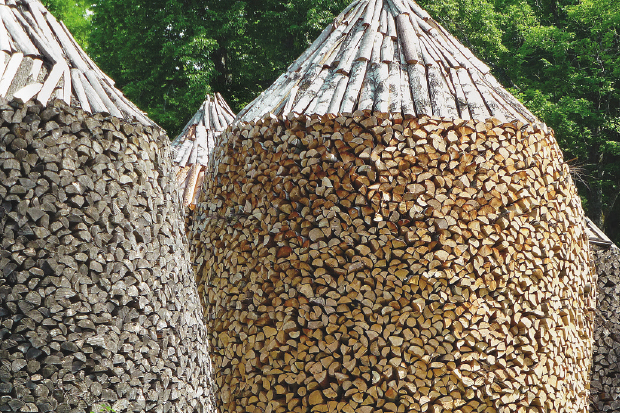
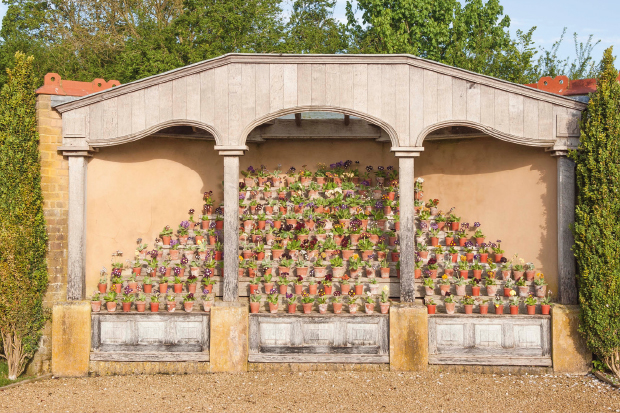

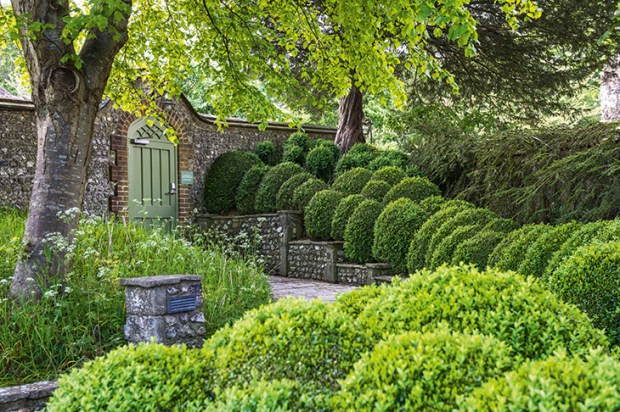
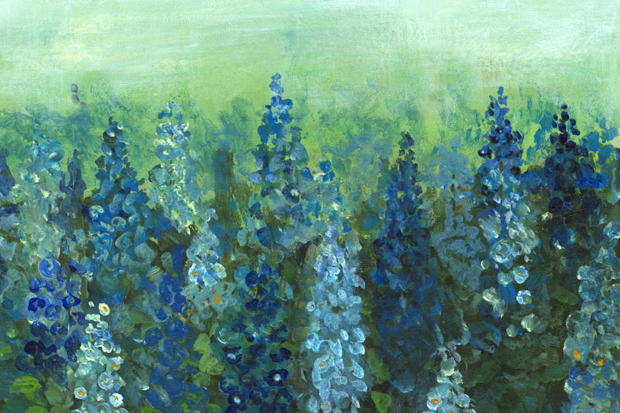
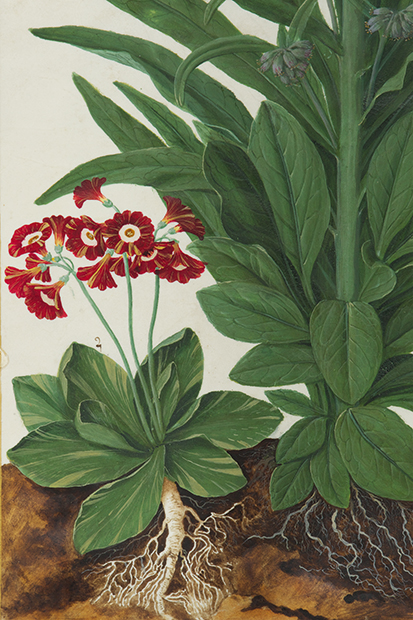

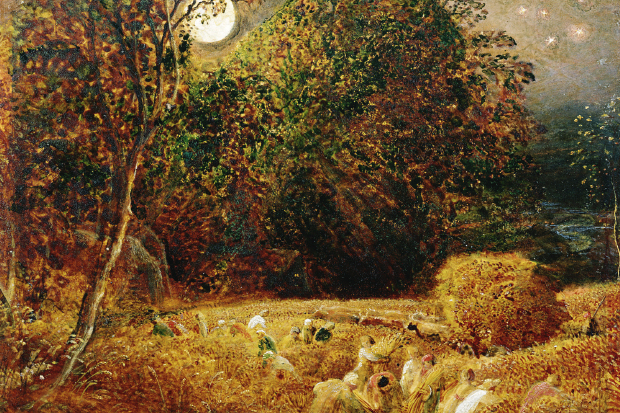






Comments
Don't miss out
Join the conversation with other Spectator Australia readers. Subscribe to leave a comment.
SUBSCRIBEAlready a subscriber? Log in